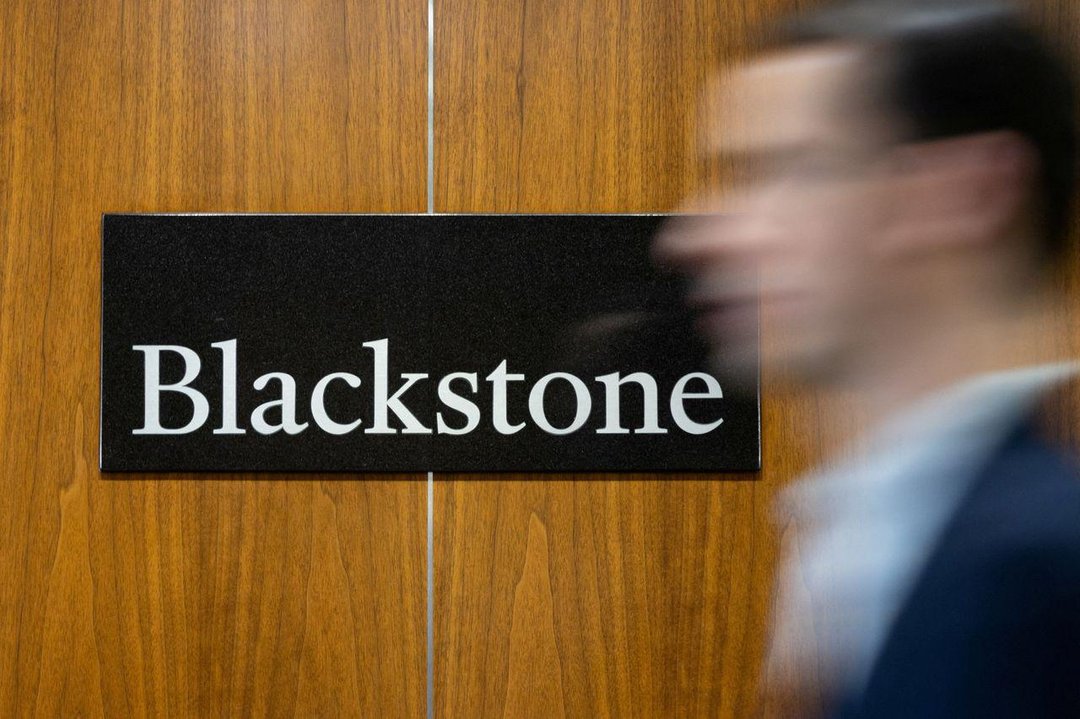
By Jodi Xu Klein
July 22, 2024
A major shake-up in corporate lending markets is obscuring the distinctions between traditional bank loans and private credit.
Deep-pocketed direct lenders are issuing large loans, traditionally the domain of banks. Meanwhile, megabanks are making a land grab in the middle-market, an area usually dominated by direct lenders.

Blackstone led a $7.5 billion private credit financing for CoreWeave earlier this year. PHOTO: JEENAH MOON/REUTERS
Case in point: Last year, 19 investment firms pooled $2.6 billion to fund Thoma Bravo’s acquisition of Coupa Software in one of the largest private debt deals ever. In the second quarter of this year, artificial intelligence-focused cloud service provider CoreWeave secured a whopping $7.5 billion in private credit financing, led by Blackstone.
Steve Schwarzman, Blackstone chief executive, said on an earnings call Thursday that the financing for CoreWeave was the largest debt deal in the history of the firm. Blackstone invested $4.5 billion in the transaction.
Megabanks aren’t sitting idle. JPMorgan Chase earmarked $10 billion of its balance sheet in 2021 for direct loans to midsize businesses, and that figure has only grown. Bank of America has doubled the number of its middle-market investment bankers to 200 in just two years.
“The distinction between bank syndicated loans and private credit loans is blurring,” said Michelle Russell-Dowe, co-head of private debt and credit alternatives at Schroders Capital.
The increased competition is reshaping the market, with private credit ballooning to over $2 trillion in 2023, according to the International Monetary Fund. Goldman Sachs recently noted that private credit has surged by about $1 trillion since 2018.
The market stood at about $400 billion in assets under management in 2010. Direct lenders have been cannibalizing banks’ leveraged loan business, surpassing them in lending volume by some measures.
That is good news for borrowers who now have more options and potentially cheaper financing thanks to increased competition. More lenders means more choices and potentially better terms. Thoma Bravo’s buyout loan, initially set at 7.5 percentage points over the secured overnight financing rate, or SOFR, saw the private-equity firm pushing to cut the interest rate by 200 basis points, Bloomberg reported.
The spread on newly issued term B loans to single B-minus rated borrowers has shrunk to its lowest level in six years, according to PitchBook.
But there is a catch—negotiations can get trickier when companies hit rough waters. As private deals start to look more like syndicated bank loans, they risk losing the features that made direct lending appealing in the first place—chief among them, the ease of dealing with fewer lenders during financial stress.
As more investors pile into these deals, the number of voices at the table grows, making negotiations more complex. Minority investors also face the risk of getting sidelined if a few large funds control the outcome when things go awry.
“Large private deals are manageable when they are provided by a small group of lenders. If it involves nearly 20 lenders, now you are looking a little like a syndicated loan,” said Alona Gornick, managing director and senior investment strategist at private credit firm Churchill Asset Management. “This can raise concerns for the borrowers, as negotiating with a large number of lenders can become inefficient and challenging.”
The appetite for large private loans isn’t going anywhere. Borrowers enjoy having more options when they look to refinance or raise new debt. Funds sitting on a record amount of capital seek participation to deploy assets. For borrowers or small investors, all is well—until financial stress hits and they find themselves not in the driver’s seat.
Write to Jodi Xu Klein at jodi.klein@wsj.com
Dow Jones & Company, Inc.



